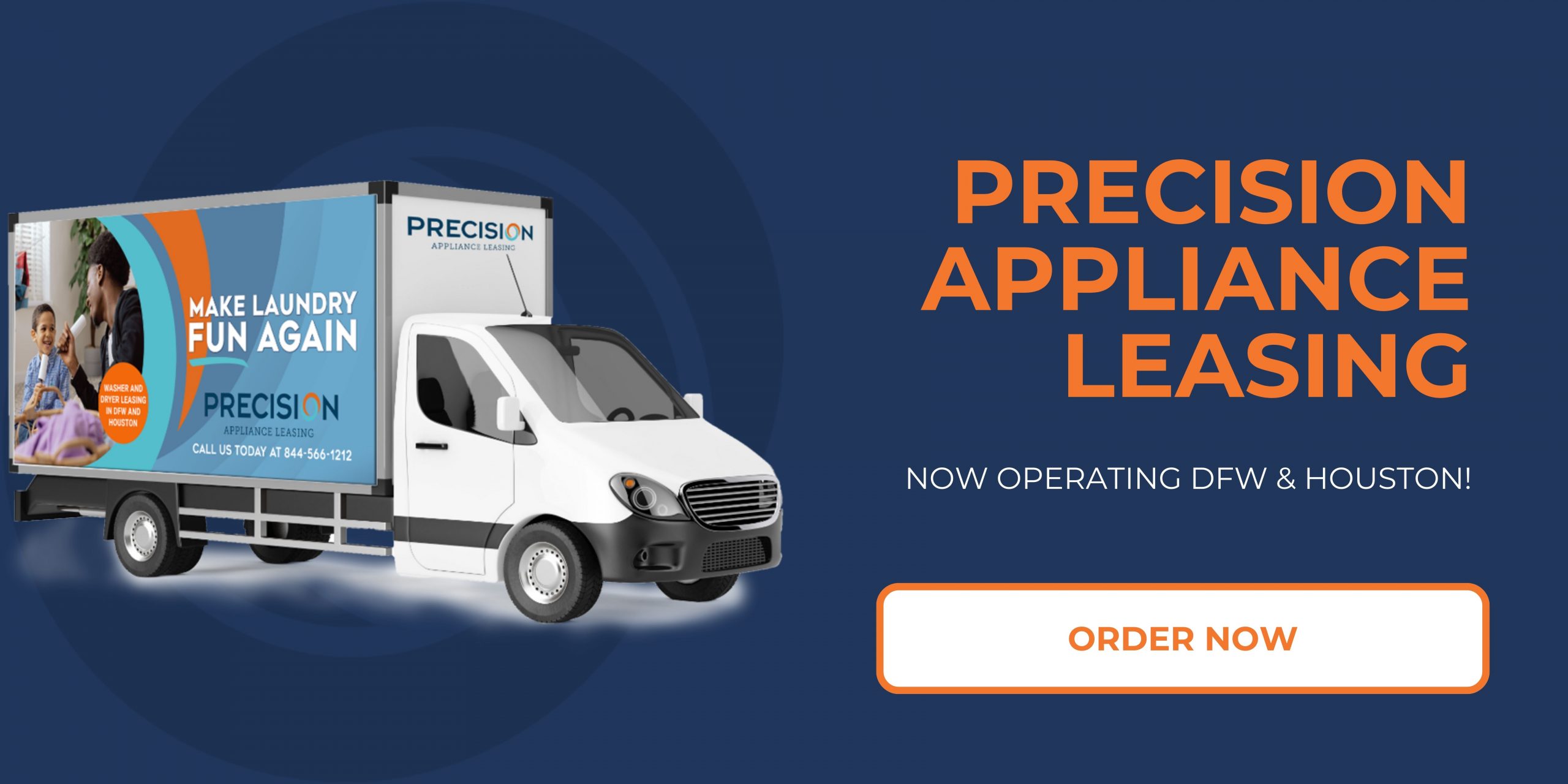How does common leasing contract mistakes simplify everyday living in 2025?
In the dynamic landscape of 2025, our approach to everyday living has fundamentally evolved, particularly in the realm of leasing contracts. As urban environments become increasingly complex and the nature of work shifts towards more flexible arrangements, the common pitfalls associated with leasing agreements have surprisingly begun to serve a more pragmatic purpose. Rather than merely causing frustrations or disputes, these typical mistakes are reshaping how individuals and businesses engage with lease agreements, ultimately simplifying life in numerous ways.
With the rise of technology-driven platforms and services, the leasing process is more transparent and accessible than ever. The prevalence of digital tools enables individuals to learn from the collective experiences of others, turning common mistakes into valuable lessons. For instance, misunderstandings about lease terms that once led to complications can now prompt renters to demand clearer communication and better service from landlords and leasing companies. Consequently, this mindset shift is facilitating more informed decisions, reducing the number of disputes and enhancing overall satisfaction in the leasing experience.
Moreover, the inevitability of mistakes has fostered an adaptive mindset in both renters and lessors. In 2025, lease agreements are increasingly tailored to accommodate a variety of lifestyles and needs, allowing flexibility and responsiveness. The push to address and rectify common leasing errors has encouraged innovative solutions, such as customizable contracts and user-friendly interfaces, thereby streamlining the leasing process. As leases become more user-centric, individuals find that they can navigate their living situations with greater ease and confidence, ultimately enriching their everyday lives.
Streamlined Contract Requirements
Streamlined contract requirements represent a significant advancement in the leasing process, particularly as we move towards 2025. These simplified requirements involve reducing the volume and complexity of documentation necessary for tenants and landlords to enter into leasing agreements. By minimizing the amount of administrative burden, both parties can engage in negotiations and finalize contracts more efficiently. These streamlined requirements often focus on crafting concise, clear, and accessible leasing contracts that highlight the essential terms while eliminating unnecessary legal jargon or superfluous information.
In practical terms, simplifying leasing contracts means that prospective tenants can better understand their obligations and rights without needing to wade through pages of convoluted text. This plays a crucial role in enhancing fair housing practices, as individuals of varying literacy levels or non-native speakers can appreciate a leasing agreement’s core components more readily. In an era where clarity and transparency are increasingly prioritized, these streamlined contracts help foster trust between landlords and tenants. As a result, disputes that may stem from misunderstandings regarding contract terms can be reduced, leading to a more harmonious rental experience.
Furthermore, the simplification of contract requirements dovetails with advancements in technology that enable digital signatures, document sharing, and cloud storage for easy access. With evolving regulations and societal norms, these practices are not only necessary but expected, making everyday living smoother in 2025. Living situations will become less burdened by the preoccupation with paperwork, allowing tenants to focus on settling into their homes and landlords to spend less time on administrative tasks. Ultimately, this creates a more efficient rental market, providing everyone involved with an improved leasing experience.
Enhanced Transparency in Terms
Enhanced transparency in leasing terms is a crucial development that simplifies everyday living for both tenants and landlords in 2025. In an era where consumers are inundated with information and often face complex legal jargon, the clarity of lease agreements is paramount. This improvement allows prospective tenants to fully understand their rights, responsibilities, and all relevant conditions before signing a lease. By removing ambiguous language and ensuring that critical details are clearly presented, both parties can enter into agreements with a mutual understanding, minimizing confusion and potential disputes.
This transparency not only empowers tenants but also builds trust between landlords and tenants. With clear explanations and easily digestible terms, tenants can make informed decisions without the fear of hidden fees or unexpected obligations. For example, clauses related to rent increases, maintenance responsibilities, and the handling of security deposits can be laid out in straightforward language, helping to alleviate common concerns that might otherwise lead to tension or resentment. As a result, both parties are likely to have a more positive experience, fostering a better landlord-tenant relationship.
Furthermore, enhanced transparency in leasing terms aligns with broader social goals of fairness and equity in housing. It ensures that individuals from diverse backgrounds, regardless of their familiarity with real estate terminology, have equitable access to housing opportunities. This is particularly vital in urban environments where housing instability is a pressing issue. By simplifying the understanding of lease agreements, transparency promotes financial literacy and empowers tenants to advocate for themselves.
In summary, the principle of enhanced transparency in lease agreements significantly contributes to a seamless living experience in 2025. It helps mitigate misunderstandings, nurtures trust, and supports an equitable housing market that benefits all stakeholders. As the landscape of leasing continues to evolve, prioritizing clarity will remain essential in fostering positive communities and ensuring stable living conditions.
Simplified Dispute Resolution Processes
In today’s fast-paced society, the complexity and sheer volume of leasing agreements can often lead to misunderstandings and conflicts between landlords and tenants. This is where simplified dispute resolution processes come into play, significantly benefiting both parties and simplifying everyday living by 2025. In an era marked by technological advancements and evolving societal norms, having streamlined methods for resolving disputes can create a more harmonious living environment.
Simplified dispute resolution processes aim to reduce the time, effort, and costs associated with resolving conflicts arising from leasing agreements. Traditional methods, such as lengthy court proceedings, can be daunting and cumbersome. In 2025, we are likely to see the increased use of alternative dispute resolution (ADR) methods, such as mediation and arbitration. These approaches prioritize collaborative problem-solving, allowing landlords and tenants to reach mutually agreeable solutions without the adversarial nature of court litigation. By focusing on negotiation and understanding, disputes can be resolved more quickly, allowing tenants to maintain stable housing and landlords to protect their investments with minimal disruption.
Furthermore, the integration of technology into these processes is likely to play a crucial role in simplifying disputes. Online platforms for mediation and arbitration provide ease of access and convenience for both parties. These digital tools enable landlords and tenants to present their cases, communicate, and negotiate solutions from the comfort of their homes. As technology continues to evolve, we anticipate further refinements, including virtual hearings and AI-driven dispute resolution tools, which will simplify processes and enhance user experience.
Ultimately, as simplified dispute resolution processes become standard in leasing agreements, they contribute to a more peaceful coexistence between landlords and tenants. The emphasis on collaboration rather than confrontation fosters a culture of understanding and respect, which can lead to healthier living situations overall. By reducing the friction associated with disputes, both parties can focus on their daily lives, leading to increased satisfaction and stability in their housing arrangements. This smoother operation of leasing contracts in a technologically advanced society aligns with the broader movement toward efficiency and simplicity in everyday living in 2025.
Integration of Technology in Leasing Agreements
The integration of technology in leasing agreements marks a significant evolution in how contracts are created, signed, and managed, simplifying the leasing process for both landlords and tenants. In the current landscape, technology such as digital signatures and electronic document management has transformed traditional leasing practices into more efficient, user-friendly experiences. In 2025, it is expected that these technological advancements will continue to refine the leasing process, leading to a more streamlined and hassle-free experience for all parties involved.
One of the most impactful aspects of integrating technology into leasing agreements is the ability to electronically manage documents, which enhances accessibility and reduces the chances of lost or misplaced contracts. Online platforms allow tenants to review contracts, sign documents, and receive notifications regarding lease terms and deadlines at their convenience. This level of accessibility and organization can significantly reduce misunderstandings and disputes, promoting a more harmonious landlord-tenant relationship. Moreover, the use of secure online systems to store and share key documentation means that both parties can quickly reference necessary information without the physical limitations of paper contracts.
In 2025, we can also anticipate the emergence of smart contracts, which use blockchain technology to automatically enforce the terms of a lease agreement. These self-executing contracts eliminate the need for intermediaries and create a transparent, immutable record of all lease transactions. This integration of technology not only simplifies the leasing process but also enhances security and trust between parties, as the terms of the agreement are clear and cannot be easily altered without mutual consent. With the ability to automatically manage rent payments, maintenance requests, and renewals, smart contracts can significantly reduce administrative burdens on landlords and streamline tenants’ experiences, allowing them to communicate directly and resolve issues more effectively.
Overall, the incorporation of technology into leasing agreements in 2025 will not only simplify the leasing process but also enhance transparency, efficiency, and accountability in landlord-tenant relationships. As technology continues to evolve and become an integral part of daily living, adapting it to leasing practices will foster a more organized, accessible, and user-friendly environment, ultimately contributing to a better quality of life for residents and property managers alike.
Improved Tenant Rights and Protections
In the evolving landscape of leasing agreements, particularly as we move towards 2025, improved tenant rights and protections are becoming increasingly significant. This transformation ensures that tenants have a voice in their housing situations, establishing a more equitable balance between landlords and tenants. Enhanced rights often include protections against unjust evictions, assurances of safe and habitable living conditions, and expanded privacy rights. When tenants feel secure in their rights, they are more likely to engage positively with their living situations, fostering a community of cooperation and respect.
Moreover, improved tenant rights simplify everyday living by reducing fear and uncertainty associated with leasing agreements. With clearer regulations around tenant rights, individuals can make informed decisions about where to live without the stress of hidden clauses or ambiguous provisions that might lead to harmful surprises later. For instance, knowing there are concrete grounds that must be met for eviction allows tenants to focus on their day-to-day lives rather than constantly worrying about their housing security. This security fosters a sense of stability, which is essential for mental well-being and overall life satisfaction.
As we approach 2025, the real estate industry is also responding to the demand for these protections by streamlining communication between tenants and landlords. The use of technology can facilitate clearer processes, such as maintenance requests and lease reviews, ensuring that tenants understand their rights and responsibilities from the outset. Furthermore, community-oriented resources may emerge, offering educational initiatives about tenant rights which empower individuals in their leasing journeys. Ultimately, improved tenant rights and protections are simplifying everyday living by establishing a more transparent, supportive, and respectful rental market that benefits all parties involved.


